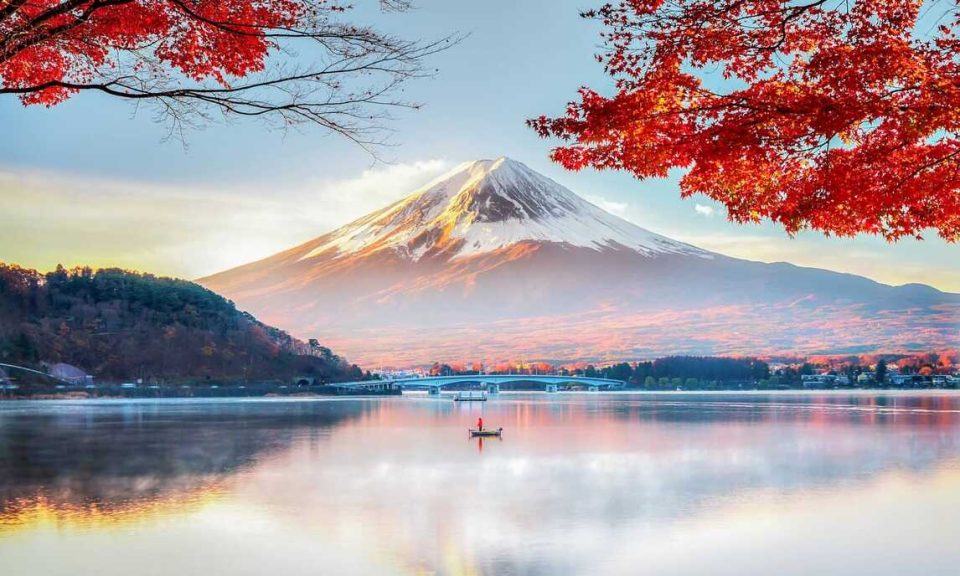Immerse yourself in a land where the ethereal and the tangible intertwine, where ancient tales weave themselves into the very fabric of the present. Japan, a country steeped in rich history and captivating culture, holds within its embrace a treasure trove of legends and lore that whisper through the ages. Step into a realm where mythical creatures roam, where ghosts linger, and where samurai legends still echo in the wind. In this blog post, we embark on a mystical journey through the captivating tapestry of Japanese folklore, unearthing tales of kitsune and yurei, encountering enigmatic creatures like tengu and kappa, and delving into the heroic sagas of samurai warriors and legendary shoguns. Join us as we uncover the secrets of vibrant festivals intertwined with folklore and venture to legendary places that stand as guardians of bygone eras. Prepare to be transported to a realm where whispers of the past become a symphony of wonder and imagination.
The Legend of the Kitsune
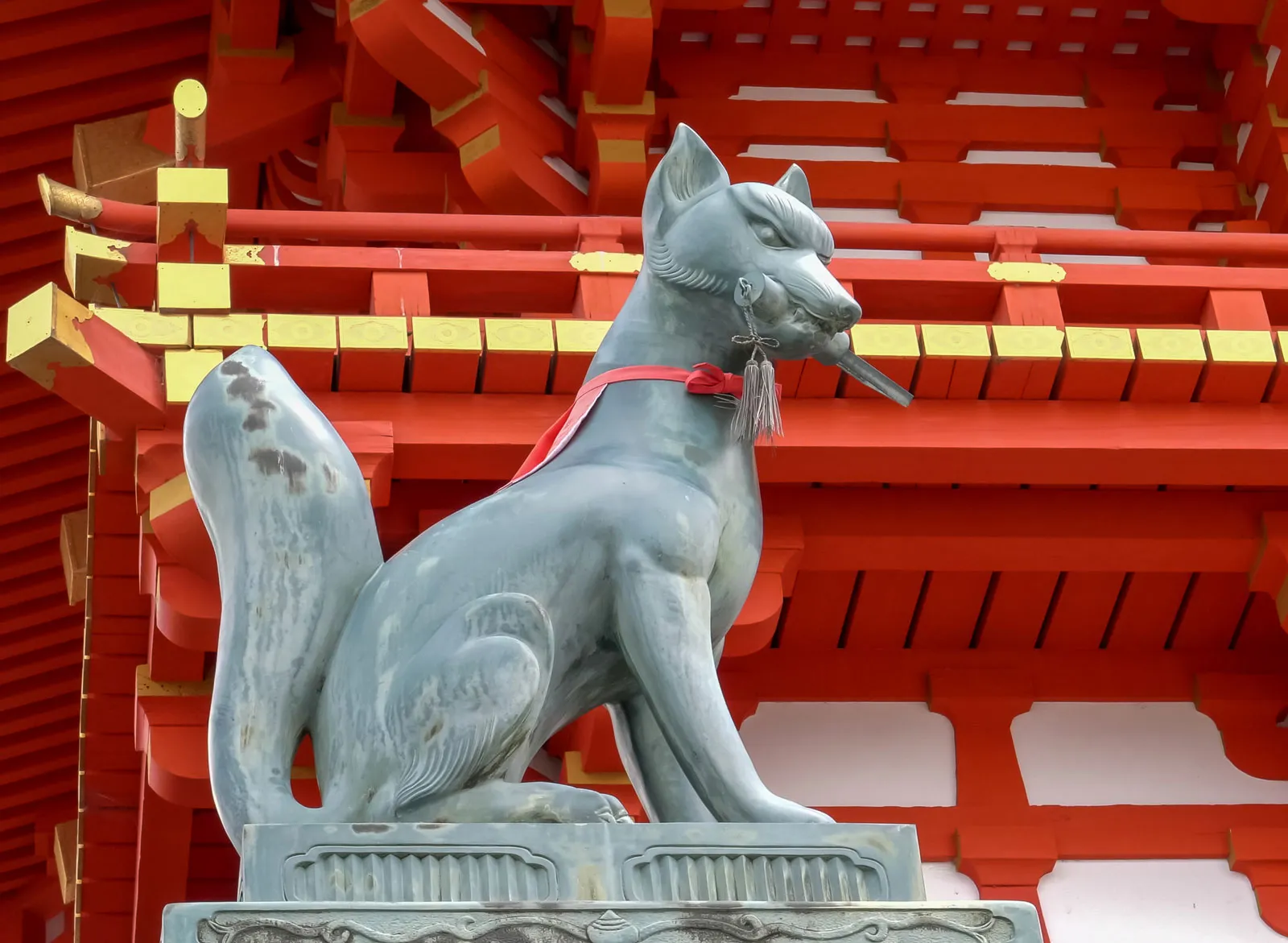
In the realm of Japanese mythology, a creature of both mischief and wisdom reigns supreme—the kitsune. These mystical beings, often depicted as foxes with supernatural abilities, hold a significant place in Japanese folklore. According to legend, kitsune possess extraordinary intelligence and shape-shifting abilities, able to transform into humans or other animals at will. The origins of the kitsune legend trace back to ancient Japan, where they were revered as celestial messengers and guardians of Inari, the Shinto god of rice and fertility.
Within the vast tapestry of kitsune stories, a particular tale captures the imagination of many. It is the legend of Tamamo-no-Mae, a beautiful woman believed to be a kitsune in disguise. As the story goes, Tamamo-no-Mae bewitched Emperor Konoe with her charm and intelligence, rising to a position of power within the imperial court. However, suspicions grew, and a wise courtier discovered her true nature. Tamamo-no-Mae was eventually exposed, leading to her banishment and subsequent transformation into a nine-tailed fox—the ultimate form of a kitsune.
For those curious and daring enough to explore the depths of Japan’s folklore, venturing into the world of the kitsune promises a captivating and mesmerizing journey. Whether encountering them in the serene depths of forests or catching glimpses of their mischievous tails darting through ancient streets, the kitsune embody the enigmatic nature of Japan’s vibrant past and continue to enchant all who hear their whispers.
The Tale of the Yurei
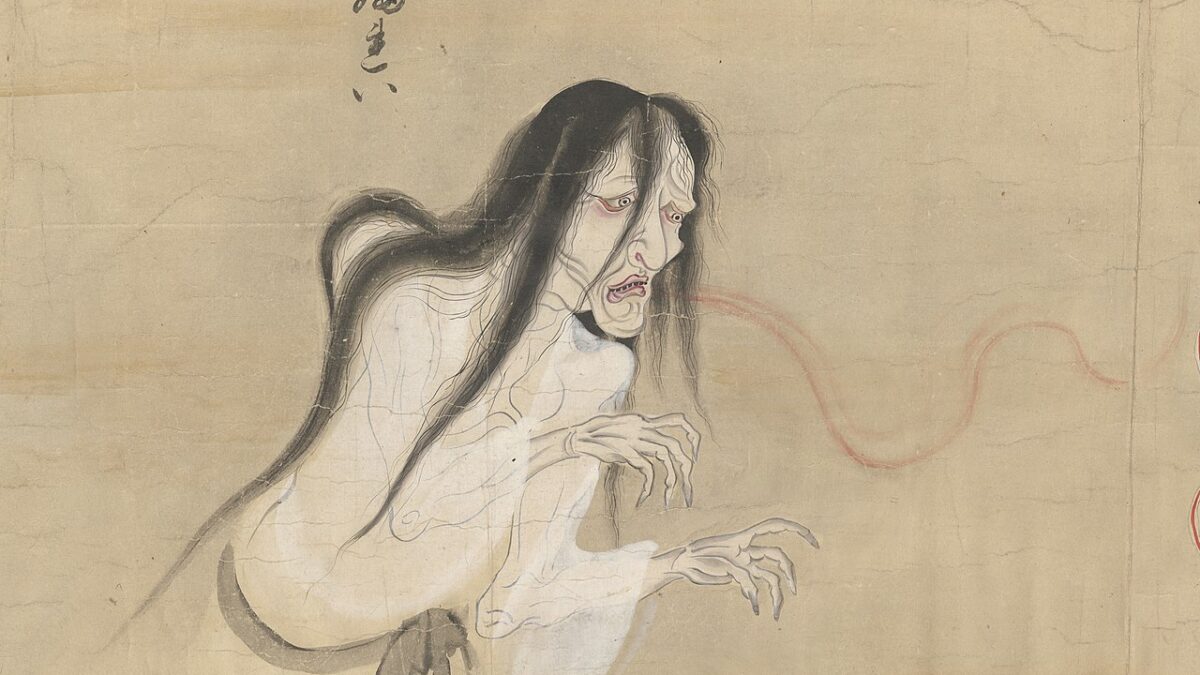
Within the realm of Japanese ghost stories, the chilling presence of the yurei looms large. These ethereal beings, originating from centuries-old beliefs and superstitions, hold a prominent place in Japanese folklore and continue to captivate the imagination. Yurei are the restless spirits of individuals who have met tragic or untimely deaths, bound to the earthly plane due to unresolved emotions or unfinished business.
The haunting tales of yurei often revolve around vengeance, betrayal, or unrequited love—themes that resonate deeply within Japanese culture. These ghostly apparitions are depicted as pale, with long, disheveled hair and dressed in traditional white burial garments. It is believed that the color white has purifying qualities and aids in the spirit’s transition to the afterlife.
One famous yurei tale that has endured through the ages is that of Oiwa. Set during the Edo period, the story tells of a woman who was deceived and poisoned by her husband, leading to her slow and agonizing death. In her vengeful spirit form, Oiwa returns to haunt her unfaithful husband, tormenting him until his ultimate demise. The tale of Oiwa serves as a cautionary reminder of the consequences of betrayal and the power of the supernatural.
Yurei stories often find their roots in real-life tragedies and historic events. The lingering spirits of those who perished in wars, natural disasters, or as victims of cruelty become the protagonists of eerie legends passed down through generations. From the specters of samurai warriors seeking revenge to the anguished spirits of abandoned lovers, yurei tales explore the depths of human emotions and the eternal quest for closure.
Even in modern Japan, the allure of yurei endures, manifesting in literature, theater, and cinema. Their chilling presence is a recurrent theme in J-horror movies that have gained international acclaim, further cementing the yurei’s place in popular culture.
The Mythical Creatures: Tengu and Kappa
Within the vast realm of Japanese mythology, two enigmatic creatures hold a significant place: the tengu and the kappa. These mythical beings, each with their distinct characteristics and lore, have fascinated generations with their intriguing presence.
Tengu
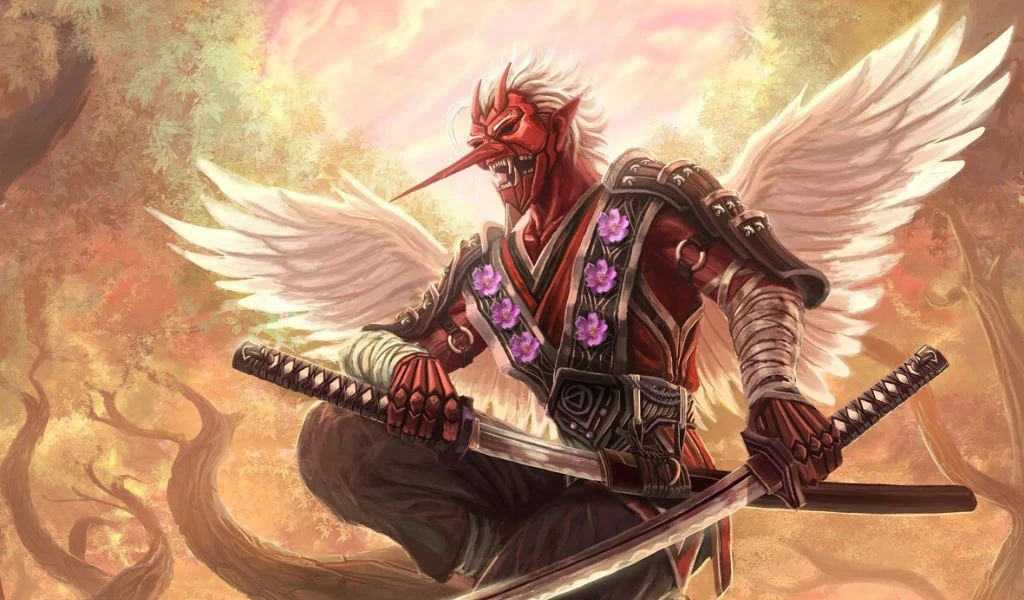
Tengu are legendary creatures often depicted as bird-like or crow-like humanoid beings with long noses and wings. They are known for their mischievous nature and exceptional martial arts skills. In Japanese folklore, tengu are revered as both protectors of the mountains and skilled warriors. They are often associated with Buddhist beliefs and are believed to test the spiritual and moral strength of humans.
Tengu tales are rich with adventure and moral lessons. Legends often portray them as teachers of martial arts, imparting wisdom and discipline to worthy individuals. Stories recount encounters between brave warriors and tengu in mountainous regions, where battles and trials take place to test the warriors’ valor and resolve.
The image of the tengu has permeated various aspects of Japanese culture, including traditional art, theater, and literature. They are commonly depicted in Noh and Kabuki plays, showcasing their distinct appearance and formidable presence.
Kappa

Kappa, on the other hand, are water-dwelling creatures that possess a mixture of human and turtle-like features. They are known for their mischievous nature and their affinity for water bodies such as rivers, lakes, and ponds. Kappa are believed to have a particular love for cucumbers, which are often used as offerings to placate them.
Kappa legends often highlight their dual nature—while they can be playful and even helpful, they also have a mischievous and sometimes malevolent side. According to folklore, they have the ability to drag unsuspecting humans into the water and drown them. However, they are also known for their knowledge of medicine and can even be persuaded to share their healing abilities with humans.
Kappa tales often serve as cautionary stories, warning children and adults alike of the dangers of wandering too close to bodies of water unattended. They are also a popular subject in traditional artwork and literature, with their distinct appearance and mischievous antics serving as inspiration for creative endeavors.
Legends of Samurai and Shogun
The legends of samurai and shogun in Japan evoke a sense of honor, valor, and the indomitable spirit of warriors who shaped the nation’s history. These tales of bravery and loyalty have become an integral part of Japanese folklore, celebrating the samurai’s noble code of conduct and the shogun’s rule.
Heroic Tales of Samurai
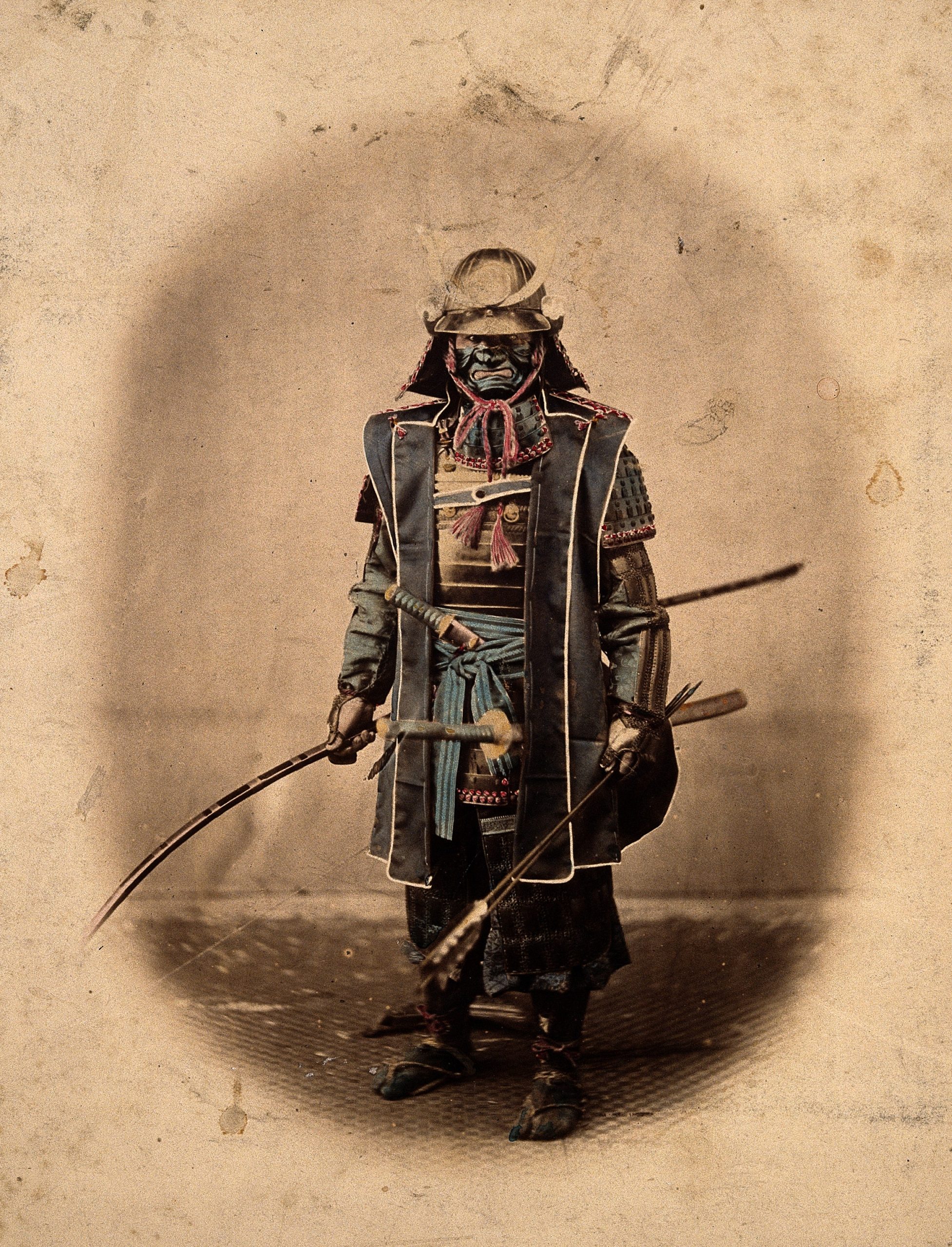
The samurai, renowned for their swordsmanship and unwavering loyalty, are the epitome of honor and courage. Legends of legendary samurai warriors have been passed down through generations, immortalizing their extraordinary feats and unyielding spirit.
Stories of famous samurai such as Miyamoto Musashi, a master swordsman and strategist, highlight their exceptional skills and unwavering dedication to the Bushido code—the way of the warrior. These tales often recount their triumphs in battle, their unwavering loyalty to their lords, and their unwavering commitment to justice.
The legends of samurai warriors continue to captivate imaginations, inspiring works of literature, theater, and film. Their indelible mark on Japanese culture can be seen in traditional art forms like ukiyo-e prints, depicting dramatic samurai scenes and fierce battles.
Legendary Shoguns
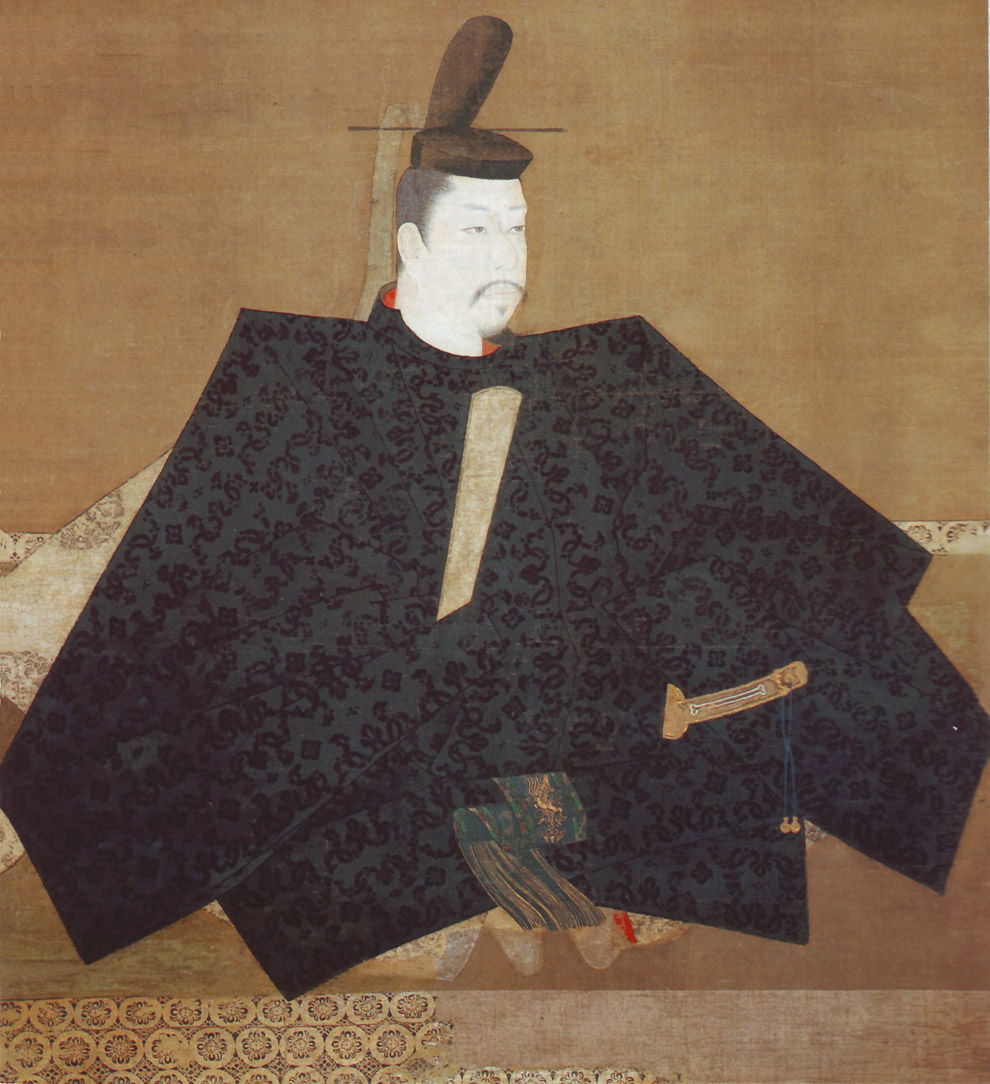
The shoguns, military leaders who held power during Japan’s feudal era, also have their share of captivating legends. These influential figures shaped the country’s governance, leaving behind a legacy that intertwines with tales of power, politics, and honor.
One notable legend is that of Minamoto no Yoshitsune, a renowned warrior and military strategist who served under the Minamoto clan during the late Heian period. Yoshitsune’s exploits in battle and his tragic fate have made him a legendary figure in Japanese history. His tale of loyalty, bravery, and ultimately, betrayal, resonates as a tragic reminder of the complexities of power and politics.
The stories of shoguns also explore the intricate web of alliances, rivalries, and family dynamics that characterized their reigns. They shed light on the balance of power, the struggles for dominance, and the impact of shogunal rule on Japanese society.
The legends of samurai and shogun embody the ideals of courage, loyalty, and honor deeply ingrained in Japanese culture. They represent the spirit of a bygone era, where warriors fought for their beliefs, and leaders shaped the destiny of the nation. Through these legends, we glimpse into a world of fierce battles, unwavering loyalty, and the indomitable spirit of the samurai and shogun, forever etched in the annals of Japan’s folklore and history.
Legendary Places in Japan
Japan is a land of enchantment, where history and myth intertwine to create a tapestry of legendary places. From majestic mountains to ancient castles, these locations carry tales that have been passed down through generations, transporting visitors to a realm where legends come alive. Explore the following legendary places that hold a special significance in Japan’s folklore and collective imagination:
1. Mount Fuji
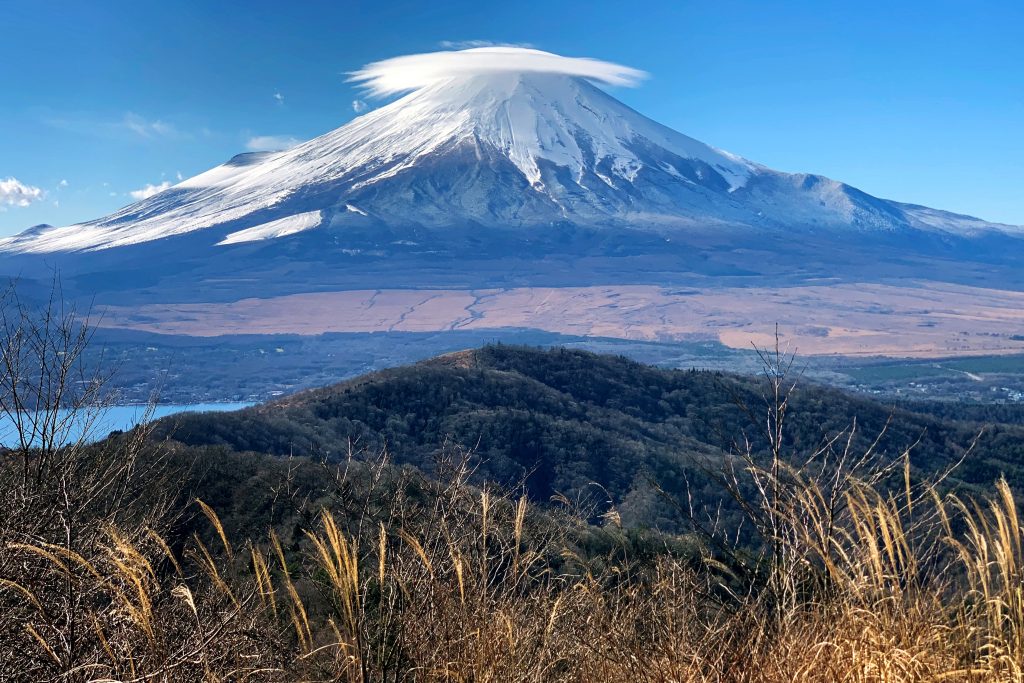
Towering majestically at 3,776 meters, Mount Fuji is not only Japan’s highest peak but also an iconic symbol of the country. Revered as a sacred mountain, Mount Fuji has inspired countless legends and artistic depictions throughout history. It is believed to be the dwelling place of gods and spirits, and ascending its slopes is considered a spiritual journey. The legends surrounding Mount Fuji evoke a sense of awe and reverence, making it a legendary destination for pilgrims and nature enthusiasts alike.
2. Himeji Castle
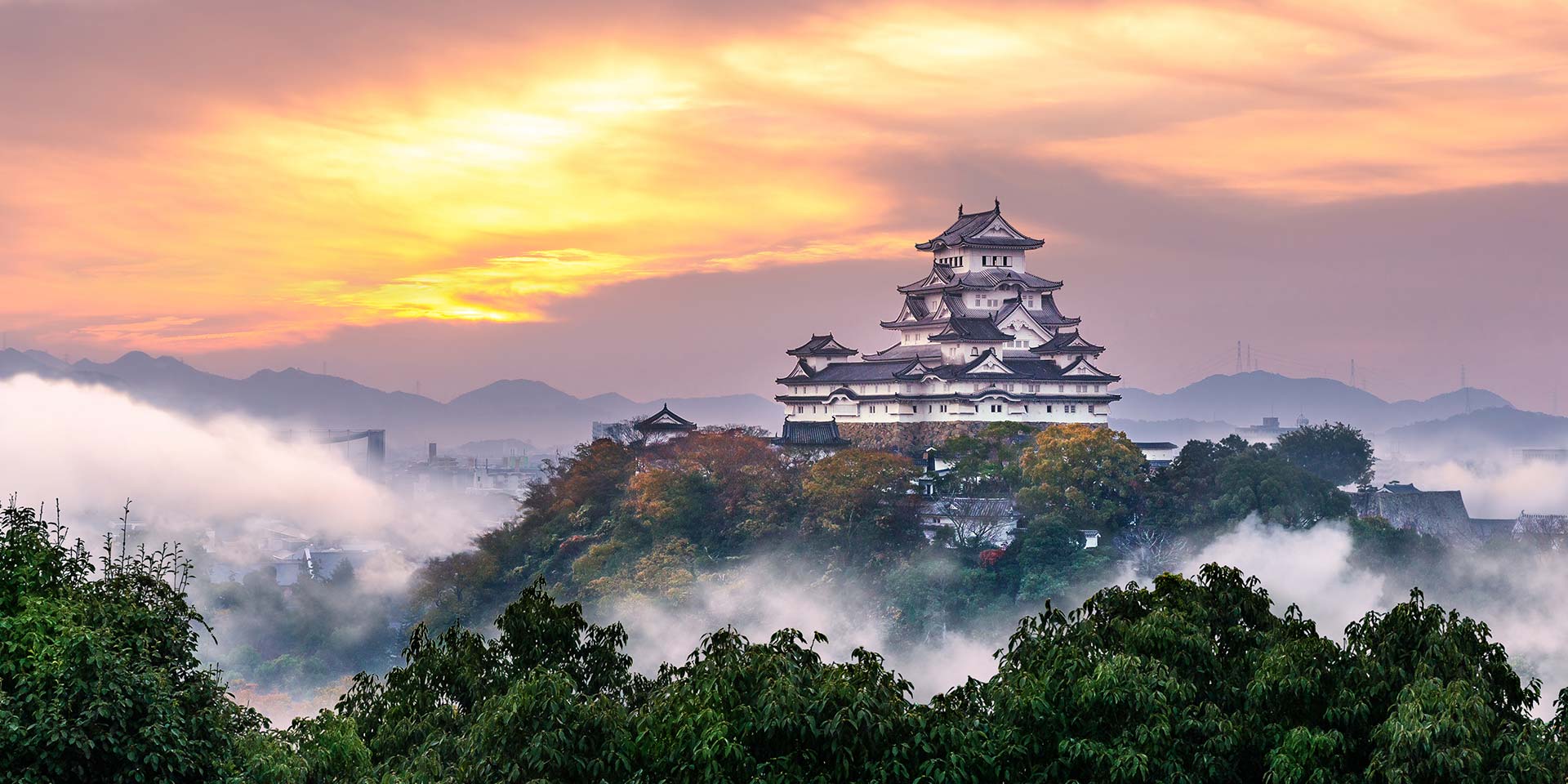
Himeji Castle, located in Hyogo Prefecture, is a national treasure and a UNESCO World Heritage site. Known as the “White Heron Castle” due to its stunning white facade, it stands as a testament to Japan’s feudal era and samurai legacy. Legends surround Himeji Castle, including tales of samurai battles, secret passages, and ghostly encounters. The castle’s striking appearance and its rich historical significance make it a legendary place that captivates visitors.
3. Itsukushima Shrine

Floating gracefully on the scenic island of Miyajima, Itsukushima Shrine is an architectural marvel and a site of great spiritual importance. The shrine’s iconic torii gate appears to float on the water during high tide, creating a mystical ambiance. Itsukushima Shrine is deeply rooted in folklore, believed to be a sacred abode of the gods and a place where spirits and humans coexist. The legends associated with this shrine add a sense of wonder and reverence to its already breathtaking beauty.
4. Nachi Falls
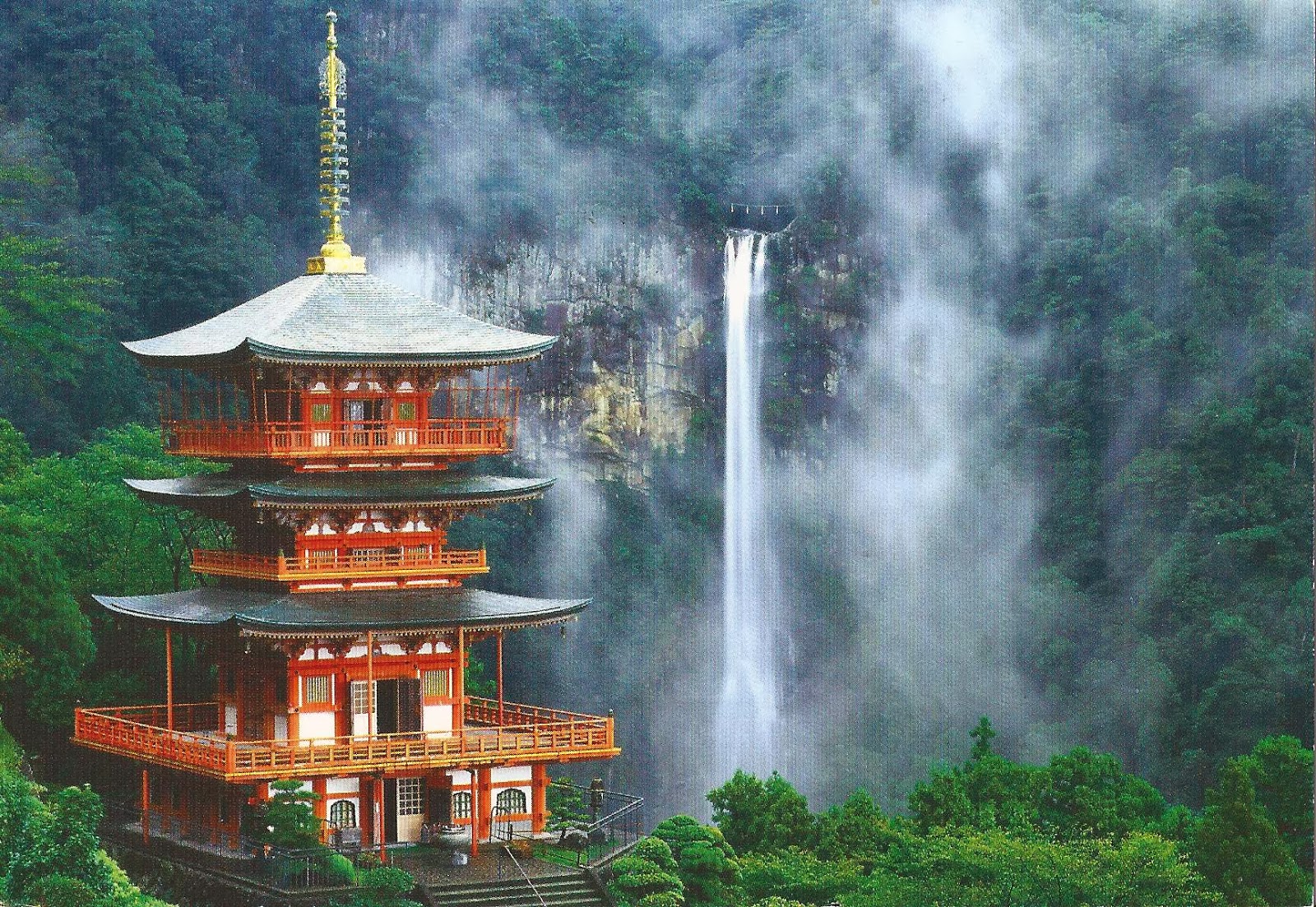
Nachi Falls, located in Wakayama Prefecture, is one of Japan’s most revered waterfalls. Cascading from a height of 133 meters, it is surrounded by lush greenery and holds a significant place in Japanese folklore. Legends tell of deities residing within the falls and their association with spiritual rituals. Nachi Falls is not only a magnificent natural wonder but also a place where visitors can connect with ancient beliefs and the power of nature.
5. Kiyomizu-dera Temple
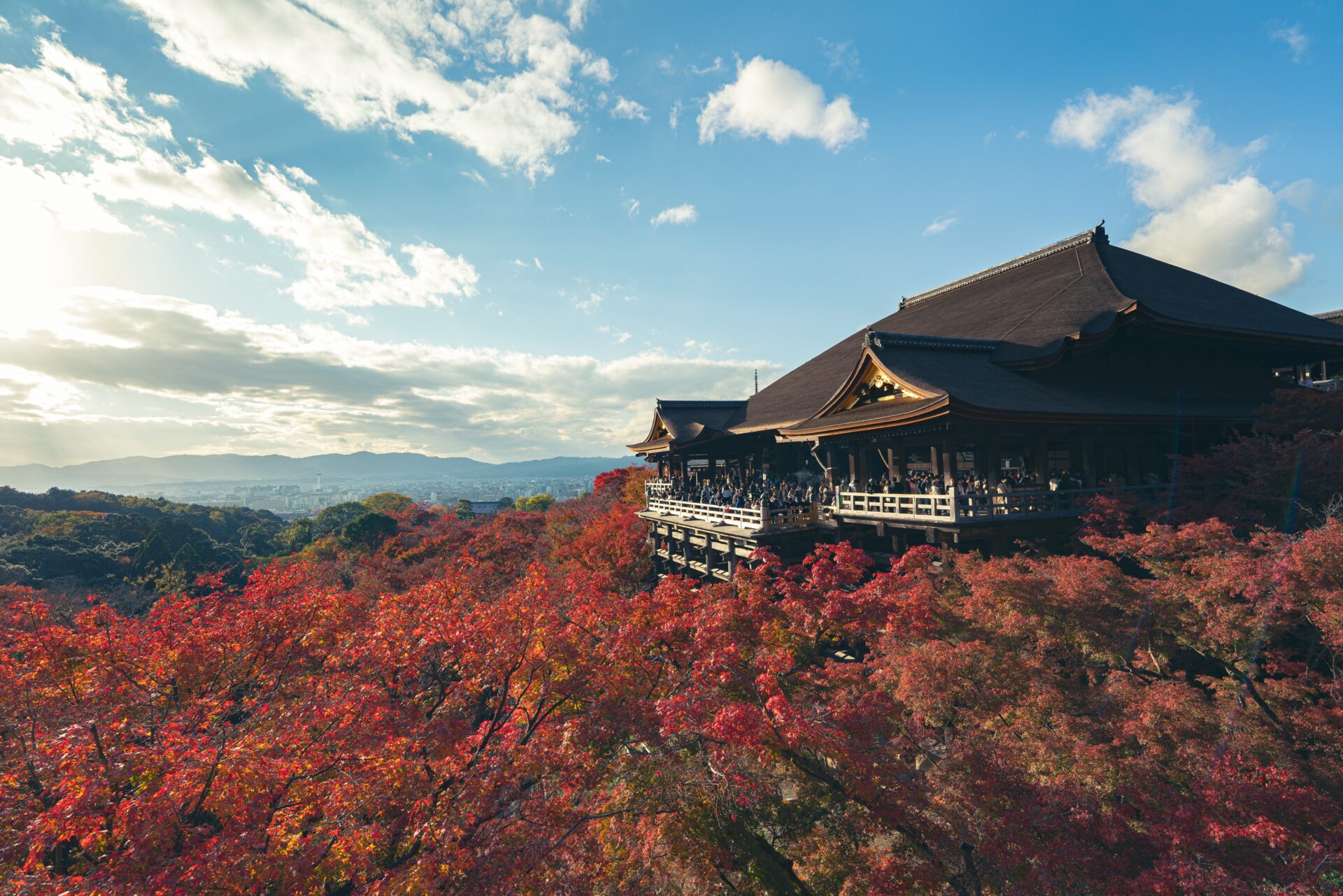
Perched on the hillside of Kyoto, Kiyomizu-dera Temple offers panoramic views of the city and is a cherished symbol of Japan’s cultural heritage. Legends intertwine with the temple’s history, including tales of love, devotion, and miraculous healing. One popular legend involves jumping from the temple’s wooden stage, said to grant wishes to those who survive the leap. The temple’s historical significance and the folklore surrounding it make it a legendary destination for visitors seeking spiritual connection and awe-inspiring views.
As you journey through Japan, exploring these legendary places, allow yourself to be transported to a realm where folklore and history blend seamlessly. Each site carries the weight of ancient tales, imparting a sense of wonder and enchantment that lingers long after your visit. Discover the legends that echo through these hallowed grounds, and let the mythical essence of Japan weave its magic around you.

